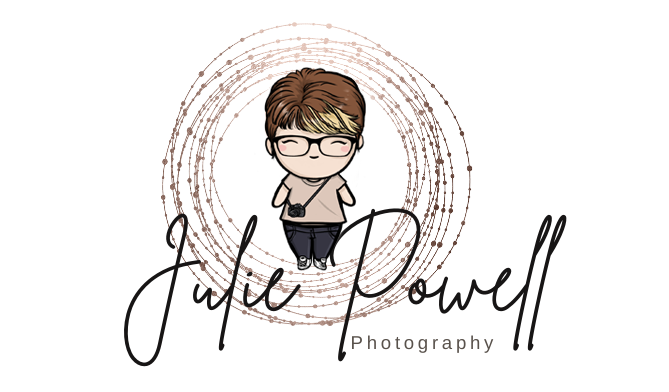Ten tips for better bird photography
If you are looking to get into some bird photography, there are certain things you can do to make your life a bit easier. I am not a confirmed Twitcher (Birder) but I do love to document and capture some of our local characters. It's not as easy as it looks, especially with smaller, faster birds. So here are ten tips for better bird photography.
Don't obsess over gear
When you are just starting out, it is all too easy to wish for the best and biggest camera and lenses to make your photos better. But, the truth is while they help, they won't make you a better photographer. Practise and studying is what will make you a better photographer. A good mid-range APS-C camera (like a Sony A6100) and telephoto (Tamron 18-300mm APS-C B061S) lens will work wonders for you. Good solid gear and a large range of focal lengths. Sure a longer lens will get in tighter, but they are more difficult to work with too.
Tamron 18-300mm APS-C lens
Consider when to shoot
The best time of day to capture birds is early morning and late afternoon. The Golden hours of light. The lighting is softer and not so harsh, meaning you won't have hard shadows on your subject. This is also the time that birds are most active. Sure it often means you have to get up early, but remember the saying, the early bird catches the worm? Well, the early photographer captures the bird catching the worm!
Consider your composition
Try and keep the background clean, with no distracting elements. It’s easier said than done. Alternatively, shoot through foliage for some added interest. Think of your composition whether that Rule of Thirds, Fill the Frame. If using the Rule of thirds, have the bird looking into the frame, not out of it, or consider centring the bird in shot.
Look for complementary colours for your backgrounds, to make your subject stand out. And remember to keep it as clean as possible, not always easy with birds in trees. Wait for birds to move to a branch away from some of the distractions.
Birds are faster than you think
One of the hardest parts about bird photography is reacting to their burst of speed. Try switching your camera over to Shutter Priority Mode and put your ISO on Auto. you need to keep your shutter speed at least double the length of your telephoto lens. So for a 300mm lens minimum of 1/600 second, but often you need it to be faster than that, especially with birds in flight.
Often the smaller birds are much faster at hopping, swooping and sudden bursts of speed. Stick to larger, slower species to start with. When trying to capture birds in flight, practising panning and shooting. Put your camera on burst mode and pan with their motion. Study them for a while to learn their patterns.
Capture the action
Watch your subject for a while before photographing them. Is there a discernable pattern to their behaviour? Look to capture them in action, whether that is fishing for food, grabbing bugs or worms. Social interaction, especially during Spring there are often mating rituals that can be observed. When birds are feeding it is often easier to catch them in action, as they will ignore you in the quest for food.
Be careful with your movement, so as not to startle your subject. You can try quietly and slowly stalking your subject. Or sit or lie still, and often the birds will come to you. Try a bird Hide or try to camouflage yourself so as not to disturb them.
Make sure the eye is in focus
Eyes are the key to a great photo, so make sure the eyes are focus and well lit. More importantly than any other part of the bird’s body, the eye really needs to be well focused and lit, especially if you can capture a catchlight from the sun, it really can make the bird appear far more lifelike.
Look for reflections or natural habitat
When photographing water birds, look for reflections, or at least capture them in their natural surroundings.
Focus is key
I have already mentioned having the eye in focus, but even that is easier said than done. Try using Back Button Focusing and using Continous Auto Focus to improve your hit rate. Burst mode can often help as well. Turn any noise in your camera off, as this can startle birds with unexpected noise.
Learn local bird species
Learning your local native species can help you learn behaviours and what to expect when photographing them. Some are very inquisitive, while some are fairly shy. Learn where they can be found, in parks or reserves or even in your one backyard.
Patience and Practice is the answer
Patience (and practice) is ALWAYS the answer to HOW to capture great bird images. Practice locally, in your own backyard, local park and reserves. Join Bird Photography Groups, who can mentor and encourage you into where to find particular birds and the best way to photograph them. Be patient and enjoy being at one with nature. I hope these ten tips help you with better bird photography.































